January 09, 2020
Non-communicable diseases (NCDs) are on the rise globally, outpacing communicable diseases as leading cause of death in many countries. Productivity declines and health care costs increase as a result. Many of the leading NCDs have similar causal risk factors (including lifestyle factors), but employer well-being programs are well placed to address risk factors.
Non-communicable diseases (NCDs) are on the rise globally, outpacing communicable diseases as leading cause of death in many countries. Productivity declines and health care costs increase as a result. Many of the leading NCDs have similar causal risk factors (including lifestyle factors), but employer well-being programs are well placed to address risk factors.
Cardiovascular remains the world’s biggest killer, totaling a staggering 31% of all deaths, with cancer being the world’s fastest growing killer.2 Diabetes is becoming an increasing risk of premature death among women and the middle-aged throughout Asia – with India and China having the highest global burden.3
Risk Factors Linked to NCDs
- Poor diet
- Insufficient physical activity
- Overweight/ Obesity
- The Guardian reports 250 million children will be obese by 2030, globally4
- Tobacco Use
- Alcohol Misuse
- Pollution
Rising NCDs Globally
- China: chronic conditions are replacing infectious diseases as the leading causes of early death.
- Stroke, heart disease, lung and liver cancer have outpaced other diseases
- Cardiovascular disease is the world’s biggest killer – 31% of all deaths
- Cancer is world’s fastest growing killer
- Diabetes - increasing risk of premature death
- Among women and the middle-aged throughout Asia--with India and China having the highest global burden
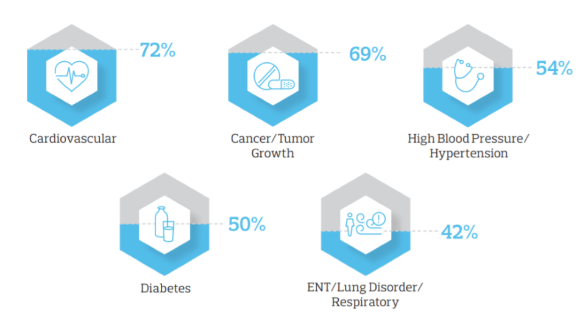
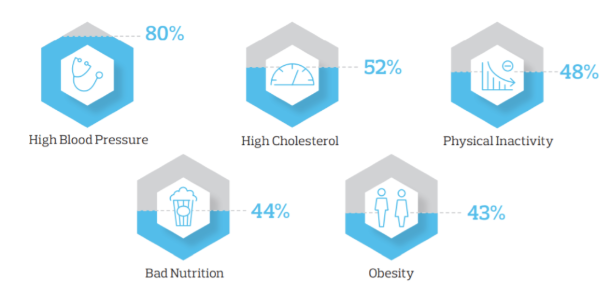
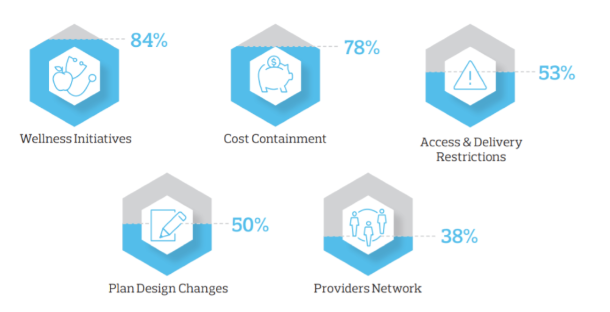
Aon Hewitt. 2019 Global Medical Trend Rates Report.5
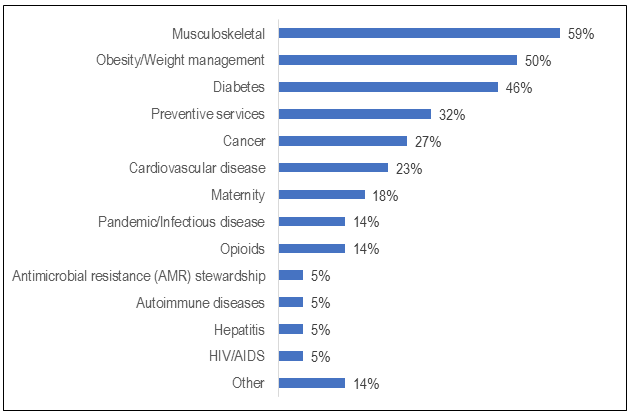
Results of 2019 Member Priority Survey–Global Employers who responded to the survey indicate their priority and focus on NCDs
Employers’ Response to NCDs
Frequently-offered employer well-being programs can help address the risk factors that lead to NCDs
- Provide cancer education and screening
- Promote sunscreen use
- Ensure health plans do not exclude particular disease classes
- Nutrition Programs
- Stress & Resilience Programs
- Work Life balance programs
- Health Coaches
- Promote physical activity – encourage at least 30 minutes of regular, moderate-intensity activity on most days
- Tobacco cessation programs/ Nicotine Replacement Therapy
NCD Mortality Trends
The leading causes of NCDdeaths (2016)
- Cardiovascular diseases (17.9 million deaths, or 44% of all ncd deaths)
- Cancer (9.0 million, or 22% of all ncd deaths)
- Respiratory diseases, including asthma and chronic obstructive pulmonary disease (3.8 million of 9% of all ncd deaths).
- Diabetes 1.6 million deaths
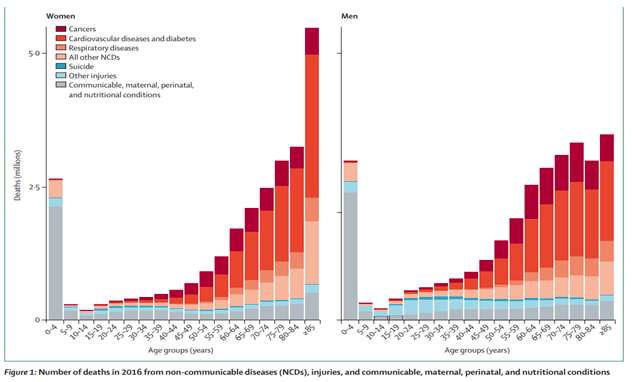
Employer Example
- Linked the “big 3” to safety, wellness strategy and health promotion initiatives
- Saw reductions in risk, presenteeism among participants
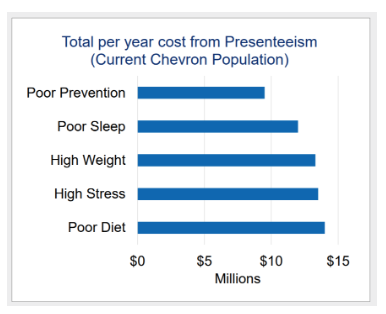
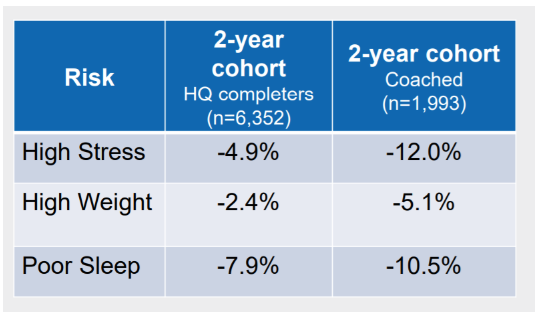
More Topics
Articles & Guides- 1 | Bloomberg News. China’s Health Has Reached a Tipping Point. https://www.bloomberg.com/graphics/2019-china-chronic-conditions/. Accessed November 1, 2019.
- 2 | Yahoo News. Cancer to kill 10 mn in 2018 despite better prevention. https://www.yahoo.com/news/cancer-kill-10-mn-2018-despite-better-prevention-140043457.html. Accessed November 1, 2019.
- 3 | Medical Xpress. Asia's diabetes epidemic preferentially kills women, the middle-aged: study. https://medicalxpress.com/news/2019-04-asia-diabetes-epidemic-preferentially-women.html. Accessed November 1, 2019.
- 4 | The Guardian. 250 million children worldwide forecast to be obese by 2030. https://www.theguardian.com/society/2019/oct/02/250-million-children-worldwide-forecast-to-be-obese-by-2030. Accessed November 1, 2019.
- 5 | 2019 Global Medical Trend Rates Report. Aon.
This content is for members only. Already a member?
Login
![]()
